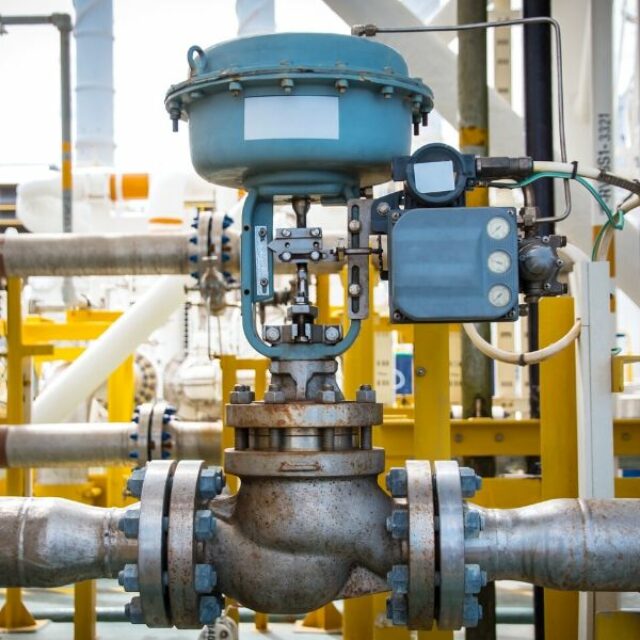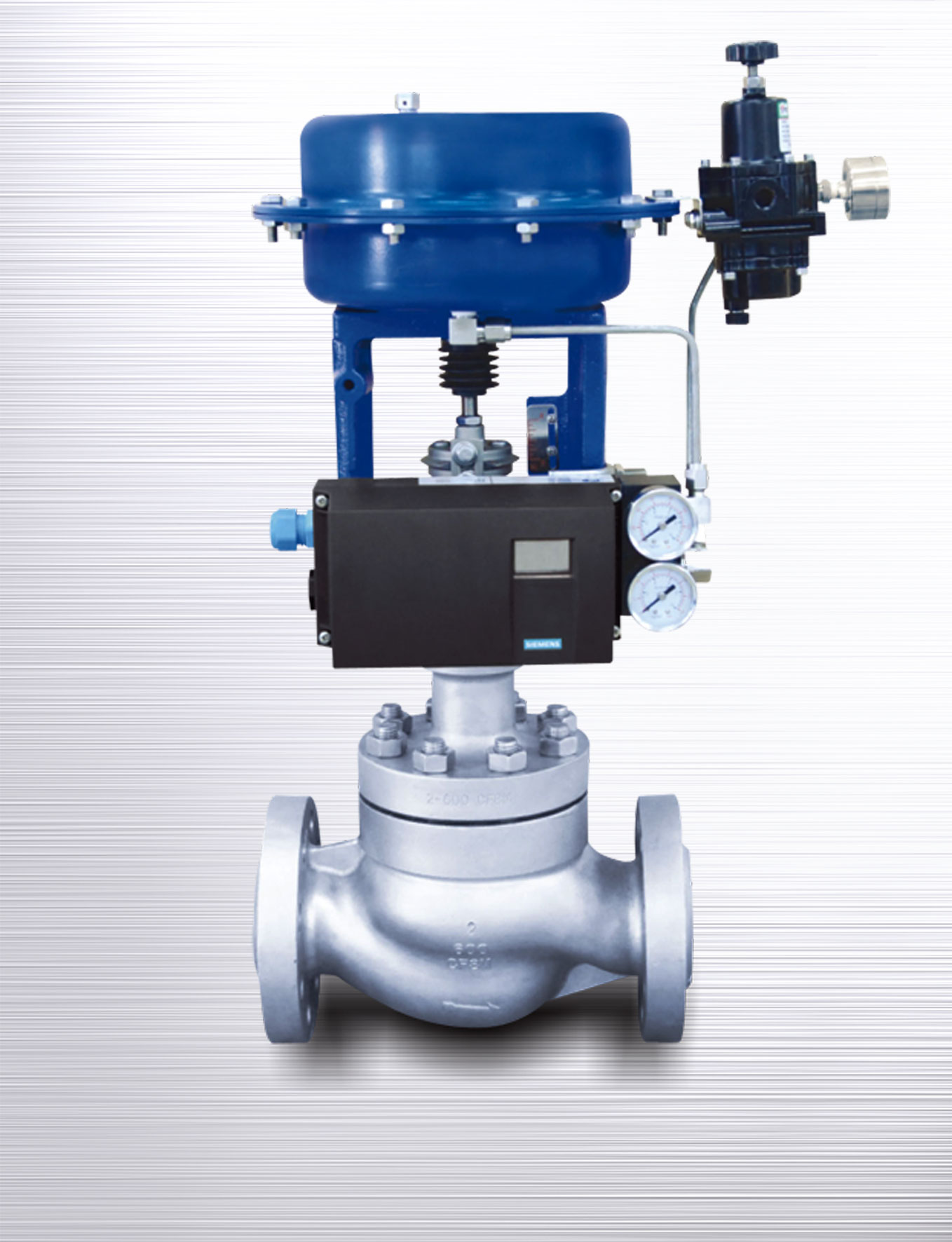Checking out the Functionality of Modern Control Valves in Industrial Applications
Checking out the Functionality of Modern Control Valves in Industrial Applications
Blog Article

Maximize Energy Cost Savings and Convenience With Advanced Structure Automation Controls
In the realm of modern design and facility administration, the combination of advanced building automation manages stands as an essential innovation. The merging of innovation and sustainability has actually birthed a new age where energy performance, comfort optimization, and operational streamlining are no more remote aspirations however attainable realities. By utilizing the power of automation, buildings can adjust, react, and advance in manner ins which were when inconceivable. The capacity for substantial power financial savings and enhanced comfort is not just a possibility however a guarantee waiting to be satisfied. This standard change in building monitoring holds the crucial to unlocking a world where ecological conscientiousness and resident health harmoniously exist together within the wall surfaces of our structures.
Power Efficiency Conveniences
Energy efficiency benefits can substantially lower power usage and operational costs in buildings. Energy-efficient systems, such as advanced structure automation controls, can maximize the usage of sources like cooling, heating, and lights, leading to reduced power costs over time.
Additionally, improved power performance can extend the lifespan of building equipment and systems. By operating extra successfully, cooling and heating systems, lighting fixtures, and various other building components experience much less deterioration, leading to decreased upkeep and replacement costs. Additionally, energy-efficient buildings often regulate greater residential property worths and rental rates, giving long-term economic advantages to owners.
In addition, energy performance can enhance owner convenience and productivity. Appropriately managed indoor atmospheres with optimum lighting and thermal conditions develop an even more favorable and pleasurable workspace, bring about improved staff member contentment and performance. Generally, the power performance benefits related to sophisticated structure automation controls are diverse, incorporating expense savings, ecological stewardship, and occupant health.
Boosted Convenience Control
Enhancing convenience control in building environments calls for an advanced integration of innovative automation systems for ideal occupant health. By using advanced building automation controls, centers can tailor the interior setting to satisfy the specific requirements and choices of residents. These systems enable accurate regulation of lights, ventilation, and temperature, producing a effective and comfortable atmosphere. Occupant complete satisfaction and productivity are closely connected to thermal convenience, making it crucial to have systems in area that can adjust to altering problems in real-time.
By including these advanced controls, buildings can not only improve convenience yet also improve energy effectiveness by optimizing system operations based on real occupancy and usage patterns. Inevitably, prioritizing occupant convenience via sophisticated automation systems leads to a more delightful and healthier interior atmosphere.
Functional Efficiency Improvements

In addition, the application of real-time tracking and analytics devices allows structure drivers to identify power ineffectiveness and operational abnormalities immediately. By continuously keeping track of energy use patterns and system efficiency metrics, adjustments can be made in real-time to maximize power usage and guarantee peak operational effectiveness. control valves. Additionally, incorporating need reaction strategies into building automation controls can better boost functional performance by dynamically changing energy usage based on grid conditions and prices signals
Indoor Environment Optimization
Efficient indoor environment optimization is a basic aspect of structure automation controls, ensuring passengers' convenience and well-being while making the most of energy financial savings. By utilizing sophisticated sensing units and controls, constructing automation systems can continuously keep an eye on and readjust temperature, moisture degrees, air top quality, and ventilation to create an optimal indoor atmosphere. Preserving comfortable and constant conditions not just enhances passenger complete satisfaction yet also enhances productivity and i thought about this general wellness.
Interior climate optimization additionally plays a vital role in energy performance. By fine-tuning cooling, heating, and ventilation systems based upon real-time information and occupancy patterns, developing automation controls can substantially minimize energy consumption - control valves. For instance, implementing methods such as demand-controlled ventilation and thermal zoning can aid lessen energy waste while guaranteeing that each location of the structure receives the necessary conditioning.

Lasting Environment Production
Building automation regulates not only maximize indoor climate problems for energy effectiveness and occupant convenience but additionally lay the foundation for developing a sustainable setting with strategic administration of resources and systems. By incorporating advanced structure automation technologies, such as sensing units, actuators, and intelligent software program, centers can change and monitor power usage in real-time to decrease waste and minimize their carbon footprint. These systems make it possible for predictive maintenance, determining possible issues prior to they rise and optimizing devices efficiency to enhance durability and performance.
Moreover, sustainable atmosphere development expands past energy management to include water preservation, waste decrease, and indoor air quality enhancement. Structure automation controls can manage water use, spot leaks, and make sure correct garbage disposal practices, contributing to general sustainability initiatives. Additionally, by controlling and keeping track of air flow and filtration systems, these modern technologies enhance resident wellness and productivity while reducing power official site usage connected with a/c procedures.
Conclusion
Finally, progressed building automation manages deal significant benefits in terms of power financial savings, comfort control, operational performance, indoor climate optimization, and creating a sustainable setting. By applying these controls, structures can attain ideal performance while minimizing energy consumption and boosting owner comfort. It is obvious that using sophisticated automation technology is vital in improving building efficiency and producing a more lasting future.
Power effectiveness benefits can dramatically minimize power intake and operational costs in structures. On the whole, the energy performance advantages linked with advanced structure automation controls are multifaceted, including price savings, ecological stewardship, and passenger well-being.
Furthermore, including need response techniques into structure automation controls can better boost functional efficiency by dynamically adjusting energy usage based on grid conditions and pricing signals.
Building automation controls not only optimize indoor climate conditions for energy efficiency and occupant comfort however likewise lay the foundation for producing a sustainable environment through strategic Your Domain Name management of resources and systems.In conclusion, progressed structure automation regulates deal considerable advantages in terms of power cost savings, convenience control, operational efficiency, indoor climate optimization, and creating a lasting setting.
Report this page